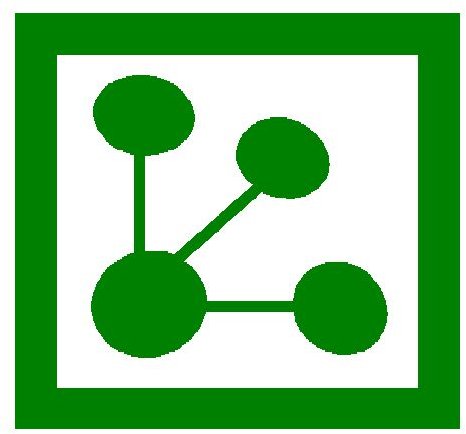Building a Green Computer Network: By the Numbers
Use Green Network Components
Perhaps one of the most important tips for assembling a green network involves power consumption. To begin with, all attached
devices should be Energy Star compliant. This makes sure that power usage is kept to a minimum, saving on cost and qualifying the business for possible grants and tax credits.
In the past, using devices that conserve power was about all that was necessary to call a network “green”—things are different now. Cisco and other leading network suppliers now have the ability to carry and route power consumption and heat data through the network and into management consoles. This allows IT staffers to compare power consumption with demand so inefficient and underutilized devices can be eliminated and multiple roles can be consolidated into a single “green” device.
Businesses interested in building a green computer network should make sure that the network devices acquired are able to transmit relevant environmental and power data and that routers and gateways capable of receiving and processing that data are in use throughout the network.
In addition to using smart hardware, other technologies such as thin client computing can be added to the mix that reduce the power consumption and overall footprint of workstations while improving security and operational efficiency.
Image Credit: Wikimedia Commons/Eurobas
Bill the IT Department for Power
One helpful tip for businesses building a green computer network is to bill the IT department for power consumption. This helps management keep tabs on the effectiveness of green IT initiatives while putting the onus for environmental responsibility onto administrators. Businesses incentivize IT departments to proactively assemble and configure their networks in a responsible “green” manner. IT management that fails to implement serious green initiatives in the network can be targeted for additional training or replacement.
Knowing that they are responsible for power consumption, IT staffers will be cautious to add only certified green hardware and will be careful to make the most efficient use of all resources. The days of indiscriminately adding servers to the network are over: effective resource utilization is now mandatory.
In addition to conservation and consolidation strategies, IT departments can also consider using alternate energy sources like solar to conform to green requirements.
Use Virtualization
Server virtualization even with its many challenges is a prevailing trend in IT that serves to cut costs and to build green networks. By hosting multiple servers on a single hardware platform, the network footprint is reduced along with power consumption, space, and human resources. In short, a virtualized network boosts the company’s bottom line while offering the additional advantage of being environmentally friendly.
If serious reductions in power consumption are still called for even after servers have been consolidated and virtualized, hosted hardware services from providers like Amazon and Rackspace can be used to completely eliminate servers from the local IT department. Hosted data centers and server farms handle power more efficiently than most local operations, giving companies needed green credentials while offloading even more IT staffing requirements.
Education
Perhaps the most important tip for building a green computer network is to get educated. Technology is always evolving, meaning that new ways to conserve power while enhancing efficiency are always coming to the market. The principles and goals behind environmental responsibility should also be understood by IT staffers and propagated throughout the organization. A workforce that is educated in the importance of green technologies and work flows will be the one that is most capable of implementing effective green initiatives.
